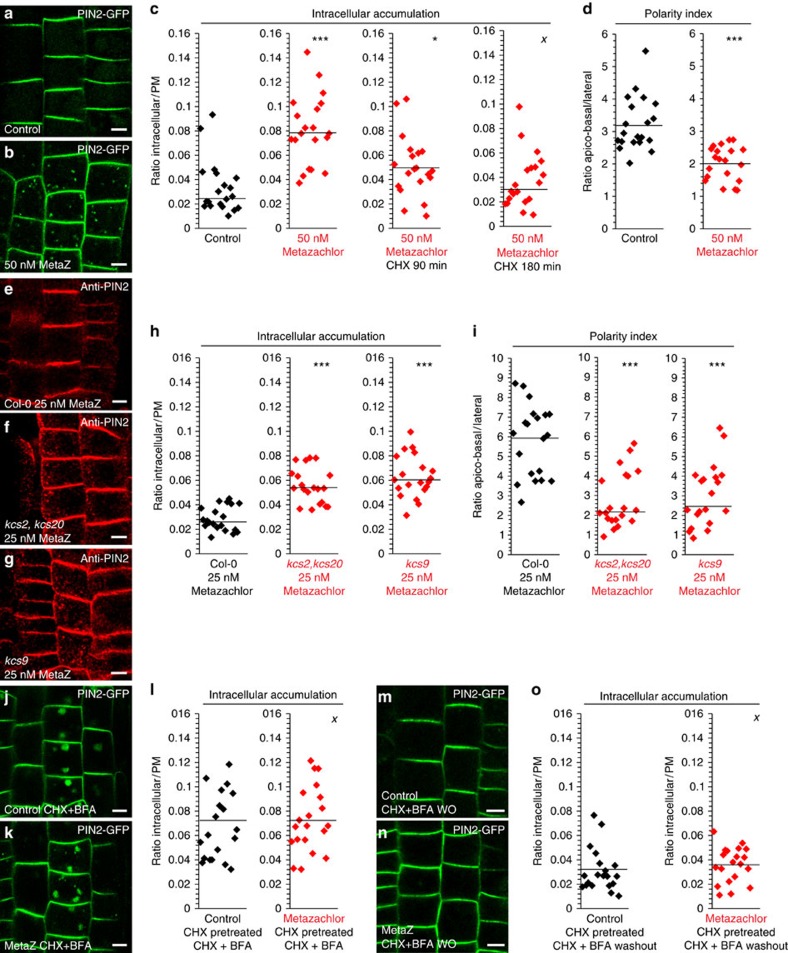Figure 6. Reduction of VLCFAs alters apical polarity and secretory trafficking of PIN2 but not endocytosis and PM recycling of PIN2.
(a–c) Compared with untreated cells (a), 50 nM metazachlor-treated cells (b) display intracellular accumulation of PIN2–GFP in endomembrane compartments. (c) Quantifications of fluorescence intensity ratios between the intracellular content and whole PM show a significant intracellular accumulation of PIN2–GFP in metazachlor-treated cells that is prevented by a pretreatment with 50 μM CHX from already 90 min pretreatment. (d) Quantifications of fluorescence intensity ratios between the apical-basal membranes and lateral membranes clearly indicate a significant loss of PIN2 polarity. (e–i) Compared with wild-type roots treated with 25 nM metazachlor (e) kcs2,20 double mutant (f) and kcs9 single mutant (g) display intracellular accumulation of anti-PIN2 (Alexa647) in endomembrane compartments and loss of PM polarity of PIN2. (h) Quantifications of fluorescence intensity ratios between the intracellular content and whole PM. (i) Quantifications of fluorescence intensity ratios between the apical-basal membranes and lateral membranes. (j–l) 50 μM BFA treatment, after a 50 μM CHX pretreatment, show no significant differences (l) in PIN2–GFP accumulation from the PM to the so-called intracellular ‘BFA bodies' between untreated cells (j,l) and metazachlor-treated cells (k,l), revealing that PIN2 endocytosis is not altered by metazachlor. (m–o) Washout of BFA in presence of CHX after a 50 μM CHX pretreatment and 50 μM BFA treatment show no significant differences (o) in PIN2 redistribution at PM from ‘BFA bodies' between untreated cells (m,o) and metazachlor-treated cells (n,o). Statistics were done by two-sided Wilcoxon's rank-sum test, XP-value>0.05, *P-value<0.05, ***P-value<0.001, n=200 cells distributed over 20 roots for each experiment (3 biological replicates). All scale bars, 5 μm.

